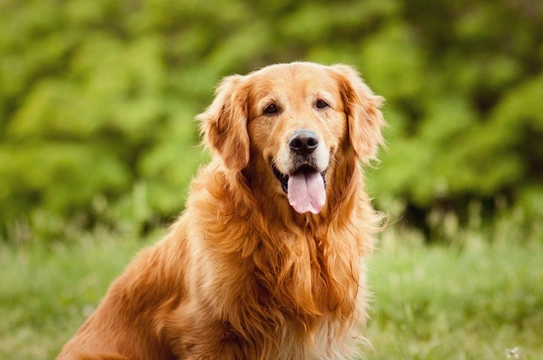
Three types of dog that are more likely to trigger allergy symptoms in people
Suffering from an allergy to dogs is something that can be very limiting for dog lovers, and for some people, may preclude them from ever being able to own a dog without compromising their own wellbeing.
Whilst a diagnosis of being allergic to dogs used to be widely considered to mean that dog ownership would not be possible at all for allergy sufferers other than those with very mild, transient symptoms, this is no longer necessarily the case.
Over the last few decades, our understanding of allergies, how they work, what helps them and how to prevent them or lessen their impact has come on in leaps and bounds, helping people who suffer from chronic allergies to better manage and live with their conditions.
Additionally, we have a better understanding of dog allergies specifically, in terms of how they are triggered, the factors that contribute to the level of the allergic reaction caused, and the fact that each individual dog can affect different allergy sufferers in different ways.
Even many people who tend to be allergic to most dogs that they meet tend to find one odd dog now and then that simply doesn’t seem to trigger their allergies, or that has a much lower impact than normal – and these are often dog breeds that have a very low-shedding coat.
This low-shedding coat trait is in great demand in dogs today, as people have begun to realise how it can be an advantage to allergy sufferers, and it is a trait that has gone a long way towards establishing some really popular hybrid dog breeds in the UK, like the Labradoodle and Cockapoo.
In fact, one of the reasons why dogs of this type were developed in the first place was to provide an option for allergy sufferers to have a dog, originally applied in breeding programmes to produce assistance dogs, to enable people with allergies who need an assistance dog to be able to potentially live with one.
This in turn helps to reinforce the belief of most dog lovers that it is a dog’s fur that causes allergies, but this is not entirely accurate. Allergenic compounds are present in protein and enzymes produced by the dog’s body, which can be found in substances including shed skin cells, sebum and coat oils, and saliva. The hair or fur itself helps to spread these allergens around as hair is shed, but it is not the hair or fur itself that causes a serious allergic reaction.
However, the less fur a dog sheds, the less widely their allergens will be spread, which is why dogs that hardly shed at all are often a good match for allergy sufferers. On the flip side, this also means that there are some dog types that generally won’t be a good fit for allergy sufferers, due to one or more traits that result in the dog being exponentially more likely to trigger allergies in those sensitive to them.
Knowing what types of dogs are most likely to trigger allergies can help allergy sufferers to narrow down their options on what type of dog to get to more suitable breeds and types, and so within this article we will share information on three types of dog traits that are more likely to result in allergies in people sensitive to them.
Prolific shedders
As mentioned, pet hair in and of itself is not strictly an allergenic trigger, but it carries the substances that do trigger allergies and spreads them around when the hair is shed. This means that dog breeds and types that tend to shed a lot within the home and/or that blow their coats twice a year will spread more allergens than others, and so probably won’t be a good fit for an allergy sufferer.
A couple of heavy shedding breeds include the Golden retriever, and the German shepherd.
Dogs with vey thick or complex coats
Even short, fine-haired dogs that shed heavily can be more prone to triggering allergies, but dog breeds with very thick or complex coats are more likely to cause allergy symptoms too, even if they’re not shedding heavily.
Some dog breeds have double or even triple-layered coats, with distinctive layers of fur that have different textures and densities to protect the dog from the elements. These coats tend to have a longer, harsher topcoat of guard hairs and a very thick, downy layer of fluff beneath it.
Dogs of these types simply have so much fur that even if they’re not hugely heavy shedders, their chances of triggering allergy symptoms are higher than the norm. Think Siberian husky, and other breeds from cold climates with thick coats.
Dogs that slobber or drool a lot
The enzymes in a dog’s saliva are one of their most powerful allergenic triggers, and because dogs lick and groom their own coats a lot, this saliva is distributed over the coat and when the coat sheds, spread into the environment.
Some dogs have a great propensity to drool or slobber a lot, which means saliva on their face and body a lot of time, and more opportunities for it to spread around and come into contact with an allergy sufferer. This means that breeds renowned for drooling – like the Saint Bernard and the Bloodhound – are more likely to trigger allergies in sensitive people than most other breeds.



